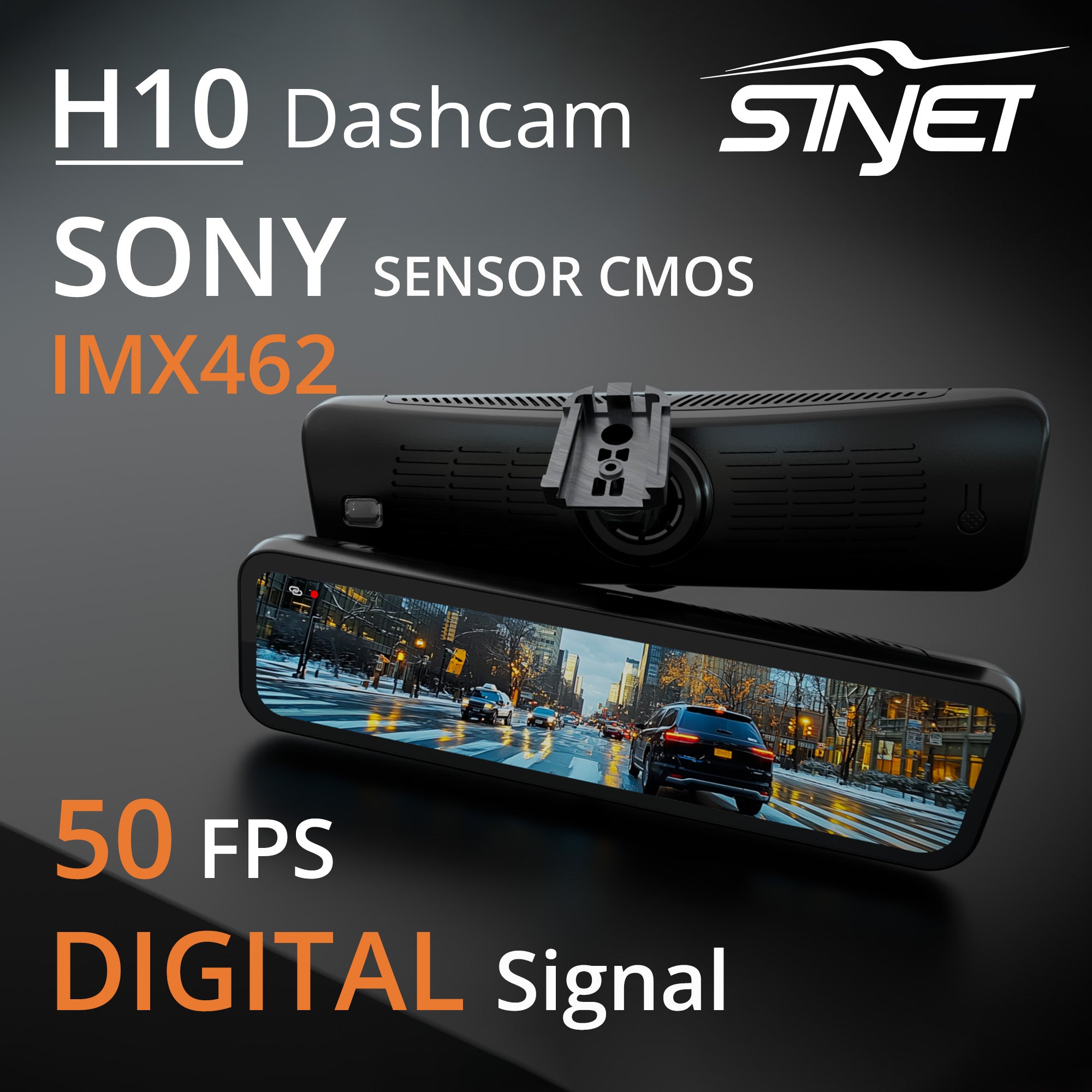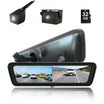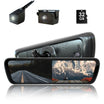In the field of modern electronic communication and data processing, digital signals and analog signals are the two fundamental types of signals. Although both are used to transmit information, they differ significantly in principles, characteristics, and applications. This article will explore the differences between the two signals in terms of definition, characteristics, advantages and disadvantages, and application scenarios.

Characteristic Comparison
| Characteristics | Analog Signal | Digital Signal |
|---|---|---|
| Signal Representation | Continuous waveform | Discrete pulses |
| Noise Resistance | Sensitive to noise, prone to distortion | Strong resistance to noise, low error rate |
| Accuracy | High precision, can represent infinite values | Precision limited by quantization |
| Processing Method | Processed using analog circuits (amplification, filtering, etc.) | Processed using digital circuits (coding, computation, etc.) |
| Bandwidth Requirements | Typically requires a wide bandwidth | Requires lower bandwidth |
| Transmission Distance | Signal attenuates over long distances, requiring amplification | Suitable for long-distance transmission with minimal attenuation |
Application Scenarios
Typical Applications of Analog Signals
- Audio and Video Transmission: Traditional radios and analog TVs.
- Sensor Data Output: Devices like thermometers and voltmeters.
Typical Applications of Digital Signals
- Communication Systems: Wi-Fi, 5G, optical fiber communication.
- Multimedia Devices: Digital audio players, HD TVs.
- Industrial Control: PLC controllers, robotics.
For example, H10 streaming rearview mirror uses digital signals to ensure data while delivering clearer images. This advanced technology demonstrates the power and reliability of digital systems in modern automotive electronics.













Leave a comment
This site is protected by hCaptcha and the hCaptcha Privacy Policy and Terms of Service apply.